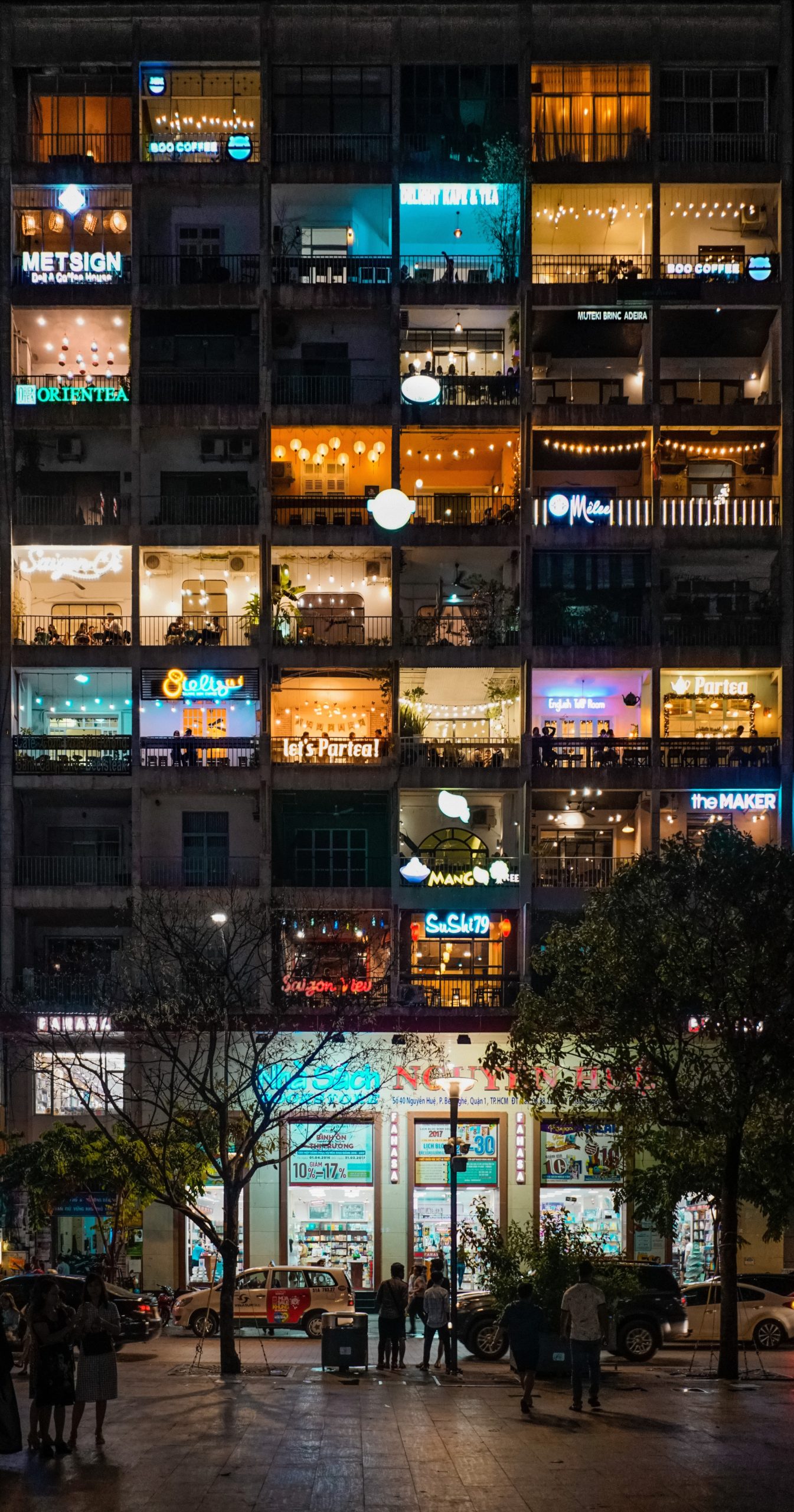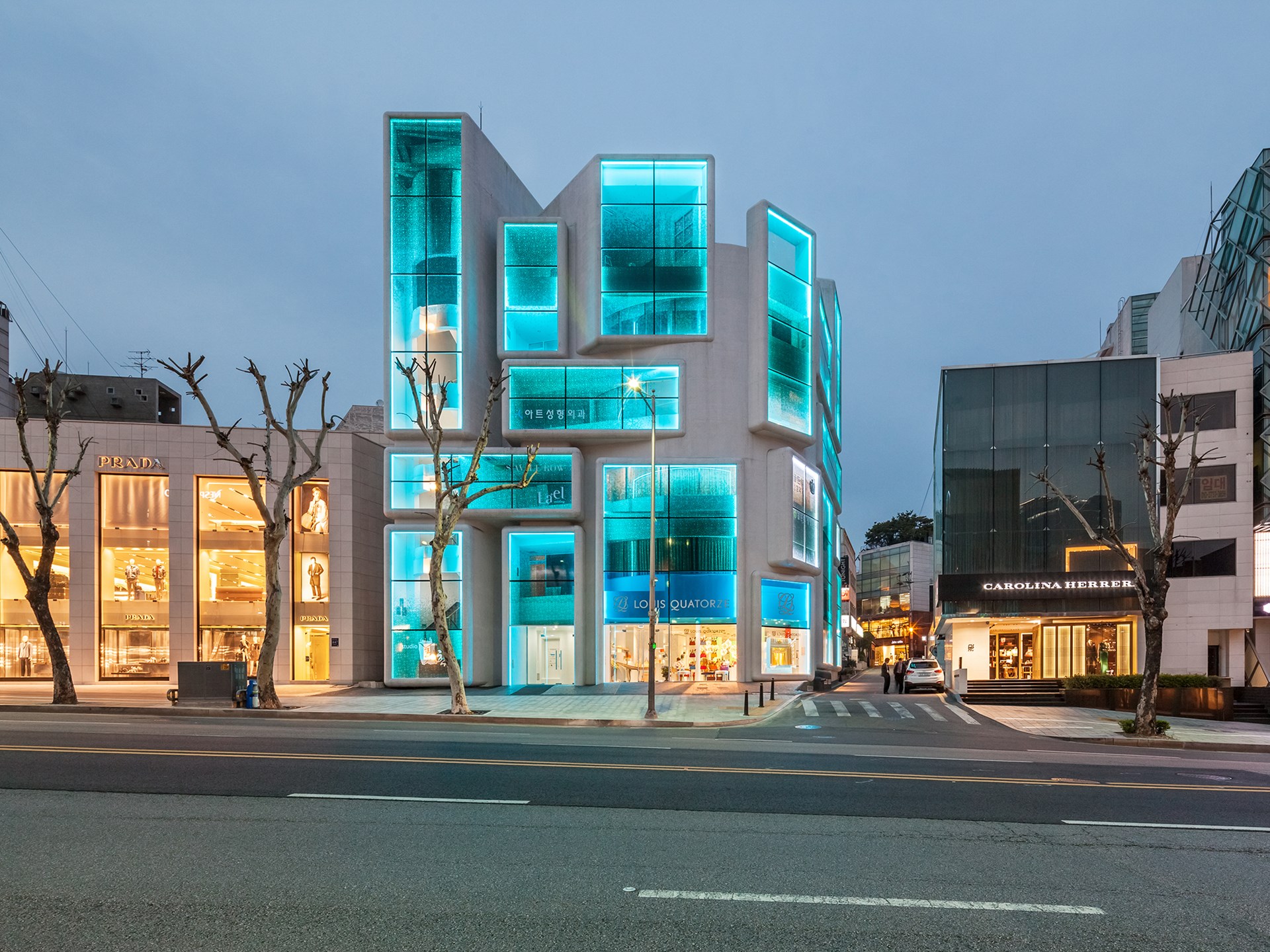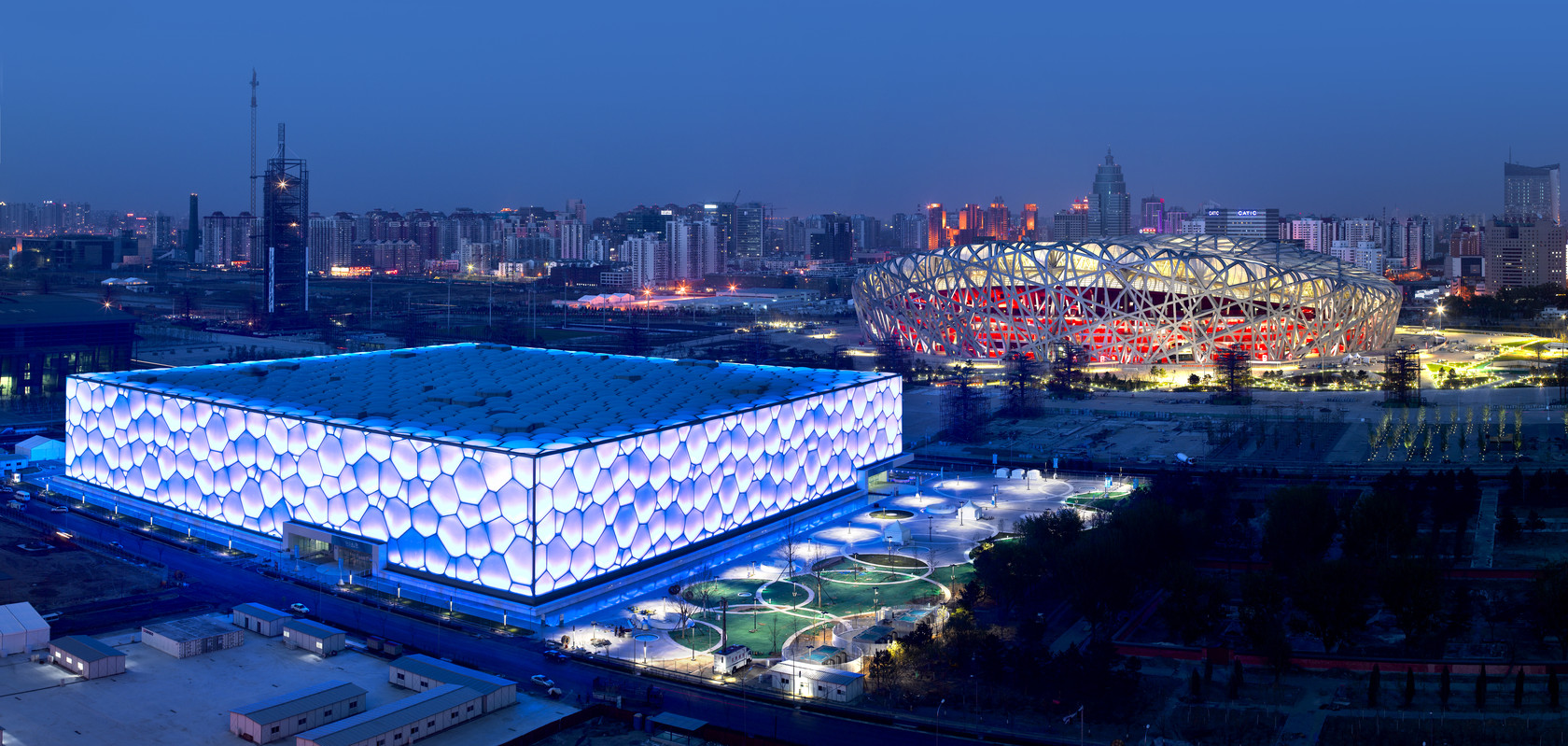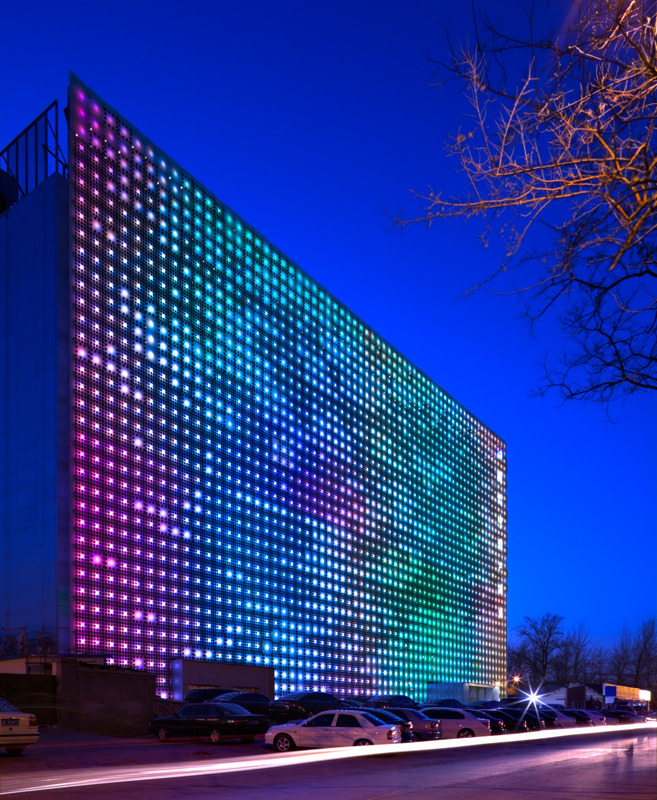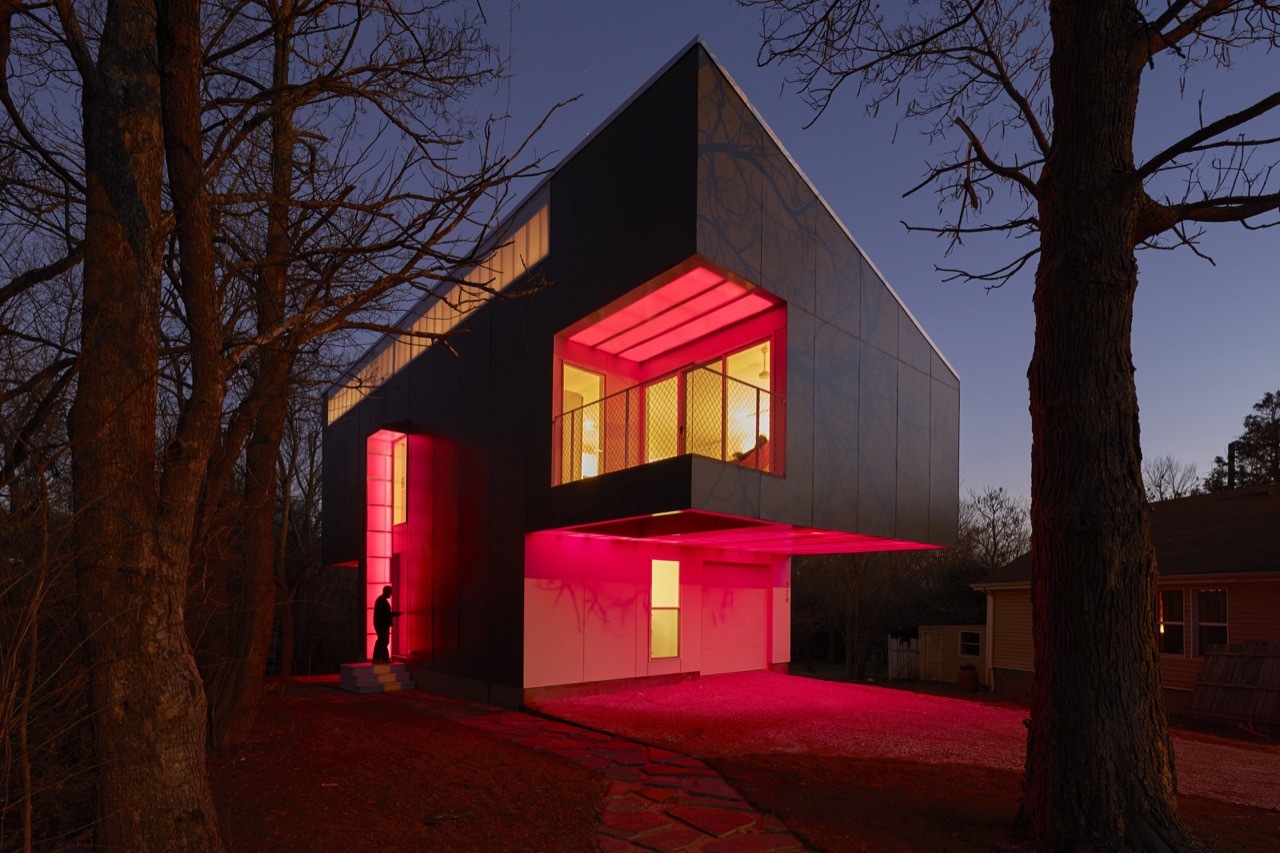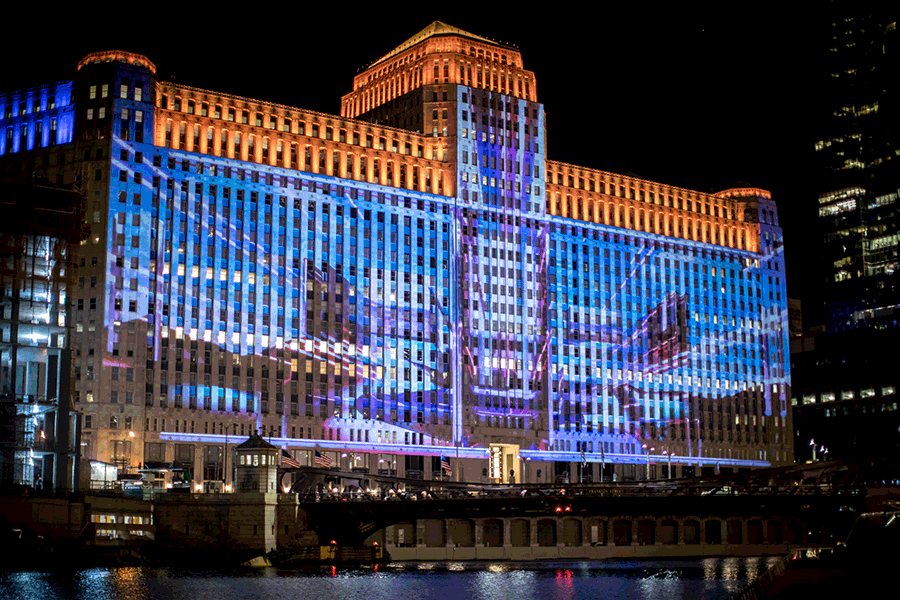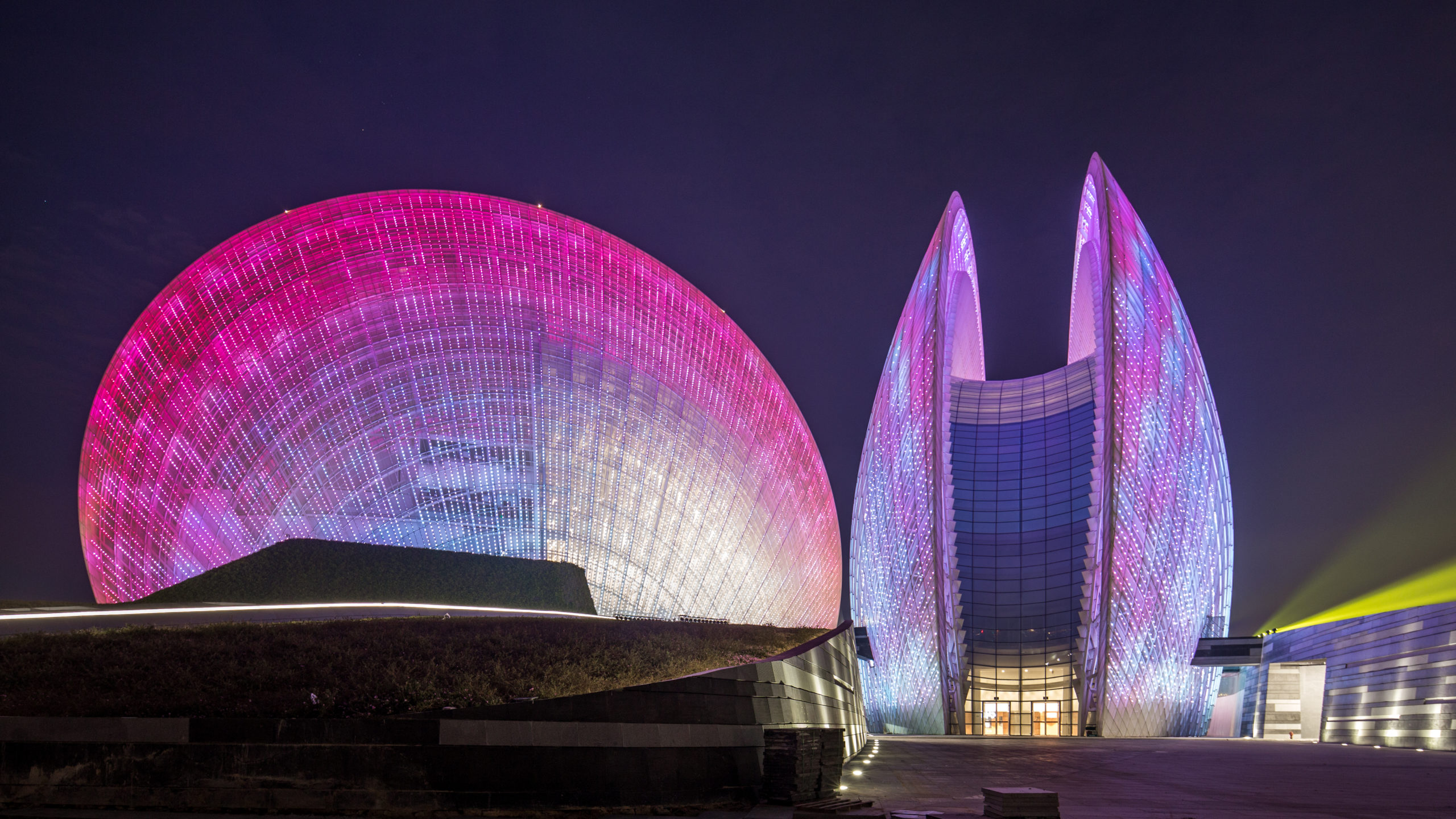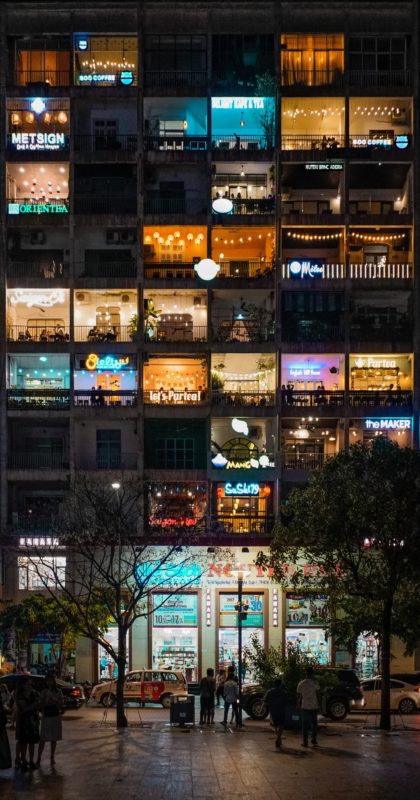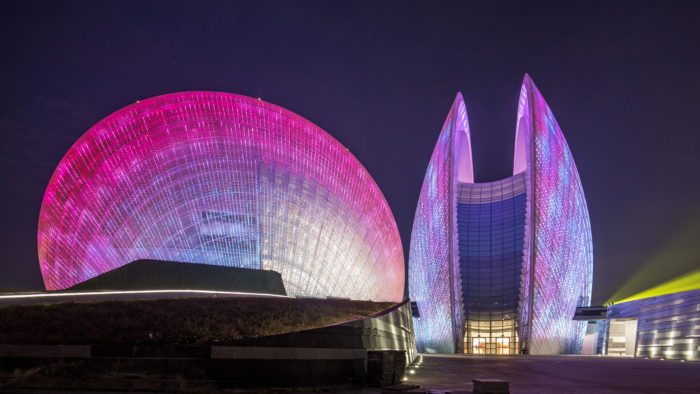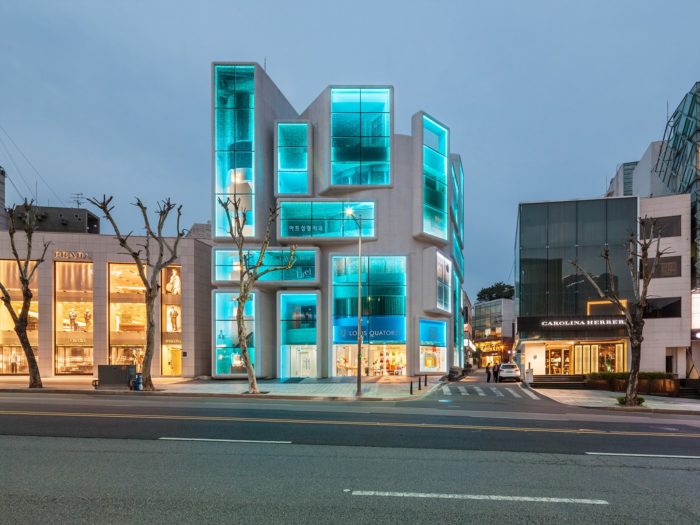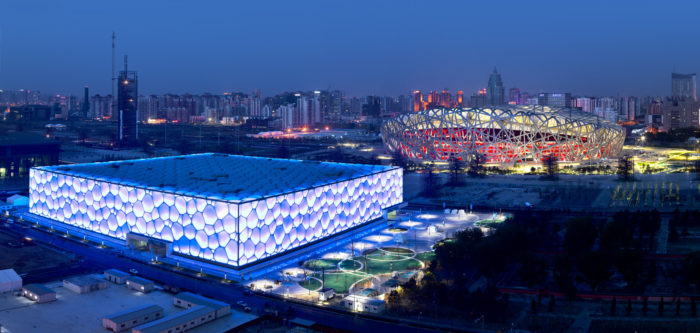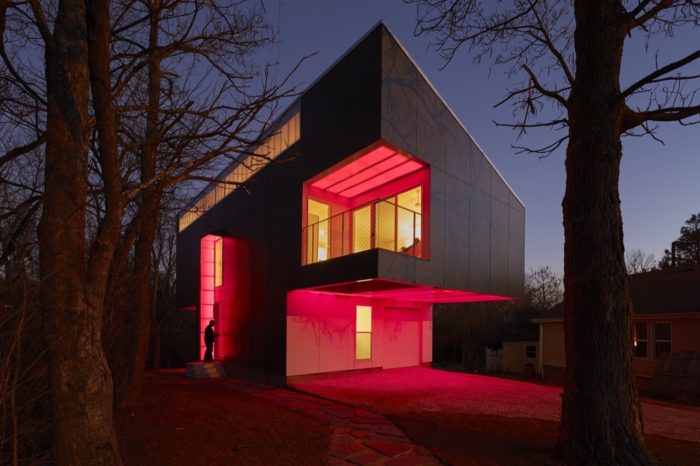Architectural Façades are what the eyes of the public see first, and when those eyes look, they need to see something good, for people tend to judge a book by its cover. Architects go to great lengths to design attractive, memorable façades that reflect the building’s spirit and function.
They mix and match various materials, introduce colors, play with shade and shadow, solid and void, and the list of valid options goes on. One more approach that has been on the rise recently is introducing lighting elements to the façade, most specifically: LED lighting.
What is LED Lighting?
LEDs, or Light-Emitting Diodes, are tiny semiconductors that emit light when an electric current pass through them. The diodes are made of two thin layers of semiconducting materials, such as gallium arsenide or gallium phosphide. Electrons move from one layer to another, resulting in light emission.
Why is LED Lighting so popular?
- LEDs do not heat up like other lighting types, e.g., fluorescent and incandescent.
- They do not have filaments that burn out, so they can last as long as 50,000 hours, whereas other lighting types only last for hundreds of hours.
- They are more efficient than other lighting types since they convert almost 95% of the electricity into light, while different types convert only 5% to light.
- LED Lighting emits light in a specific direction, not in all directions, like incandescent and fluorescent light. So, little goes to waste.
- LEDs are very tiny, making them useful for various applications.
- They may be initially expensive because of their semiconductor material; however, their long lifespan makes them the more economical long-term choice.
- Due to their efficiency and long life spans, LEDs save up to 80% of energy, making them a sustainable choice.
- Color-changing LEDs have various applications in architecture, urban, and interior designs as well as electronics, e.g., LED backlighting for HDMI TV screens.
Also Read: 8 Genuine Key Mood Lighting Tips to Transform Interiors
The Role of Lighting in Architectural Design
Light is one of the most influential factors in how a building is perceived and understood. Natural or artificial, light is the means through which the architectural wonders of our environment can be appreciated. Lighting, in fact, may provide a psychological advantage to design since it aids in producing an experience for the people who occupy the place. There would be a lot of unanswered questions if there weren’t any architecture and if there wasn’t any light. Would the same effect be produced?
To strike the right chord between Lighting and architecture, one must consider the aesthetic, functional, and efficient aspects of architectural Lighting. Regarding aesthetics, architects and designers must consider how the building’s layout, materials, and fixtures will affect people emotionally. It’s where creative minds decide how a place should make people feel as they move through it. This is of utmost significance for stores, as the exterior light initially draws customers inside.
Secondly, function. As much as you want the Lighting to have a specific aesthetic, it would be best never to forget its primary function: illuminating the area so people can see. Lighting makes people feel secure when moving around a building or room. Their surroundings, including the ground and walls, should be visible.
The latter point is crucial in this day and age of eco-friendly construction and environmental activism. It is one thing to design a stunning lighting scheme; it is quite another to develop one that is also highly economical to run. This can be achieved by reducing light leakage and maximizing the amount of light that reaches its intended destination.
The structure will function more efficiently if less light is wasted. Changing from fluorescent to LED lighting is a simple solution. Since LEDs can be directed in a specific direction, the technology has reduced light waste compared to fluorescent bulbs.
4 Architectural Applications of LED Lighting
Here are four buildings whose designers mastered the game of light. They used LED lighting to its full potential to impress passers-by with their eye-popping façades.
1. Chungha Building in Seoul – MVRDV
The Dutch firm revamped this 27-year-old building in the South Korean capital four years ago. They added an extra level and gave it this dynamic outlook, but that’s not all. The LED-framed storefronts, sealed with fritted glass, transform the building’s appearance at night.
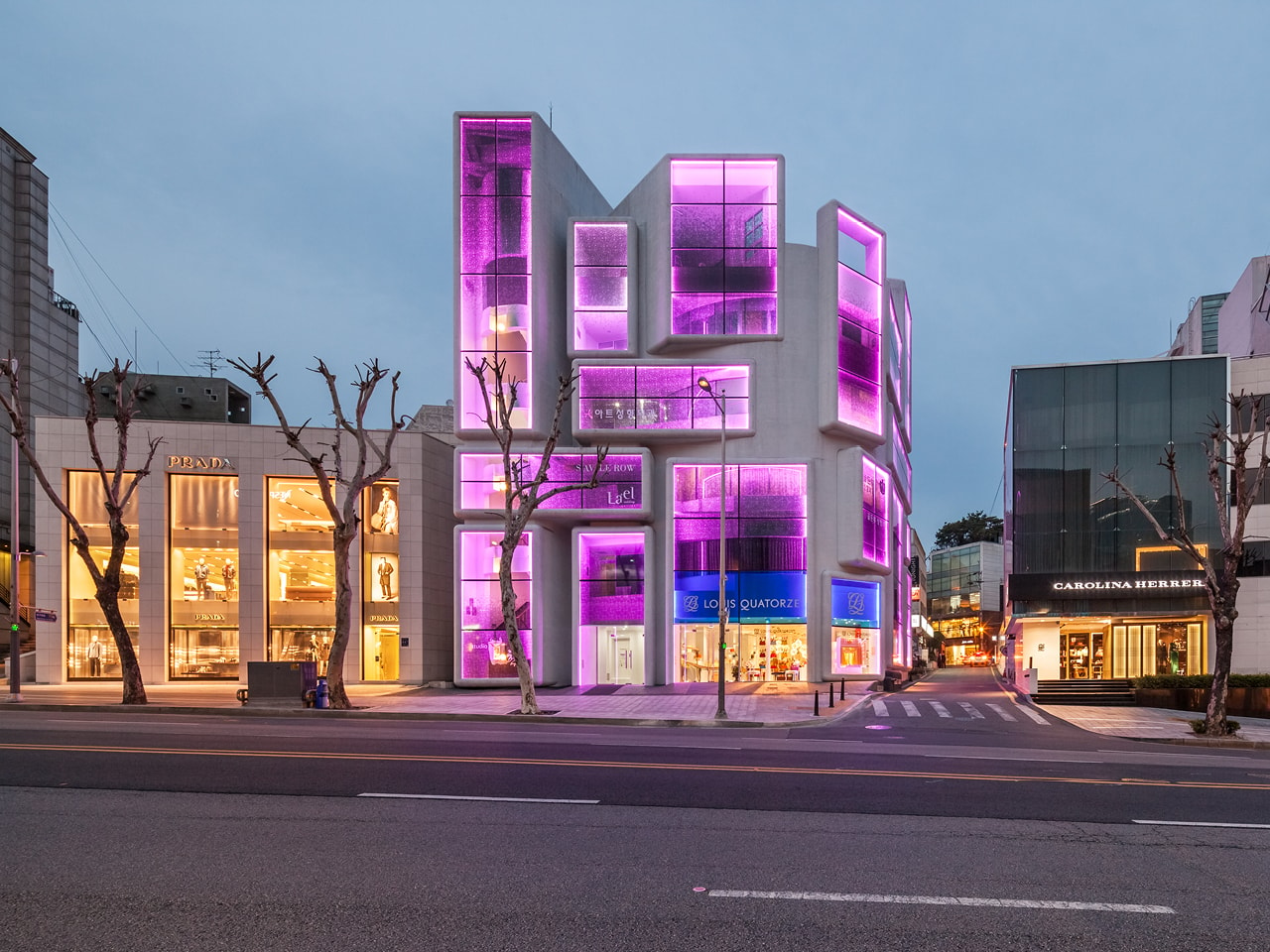
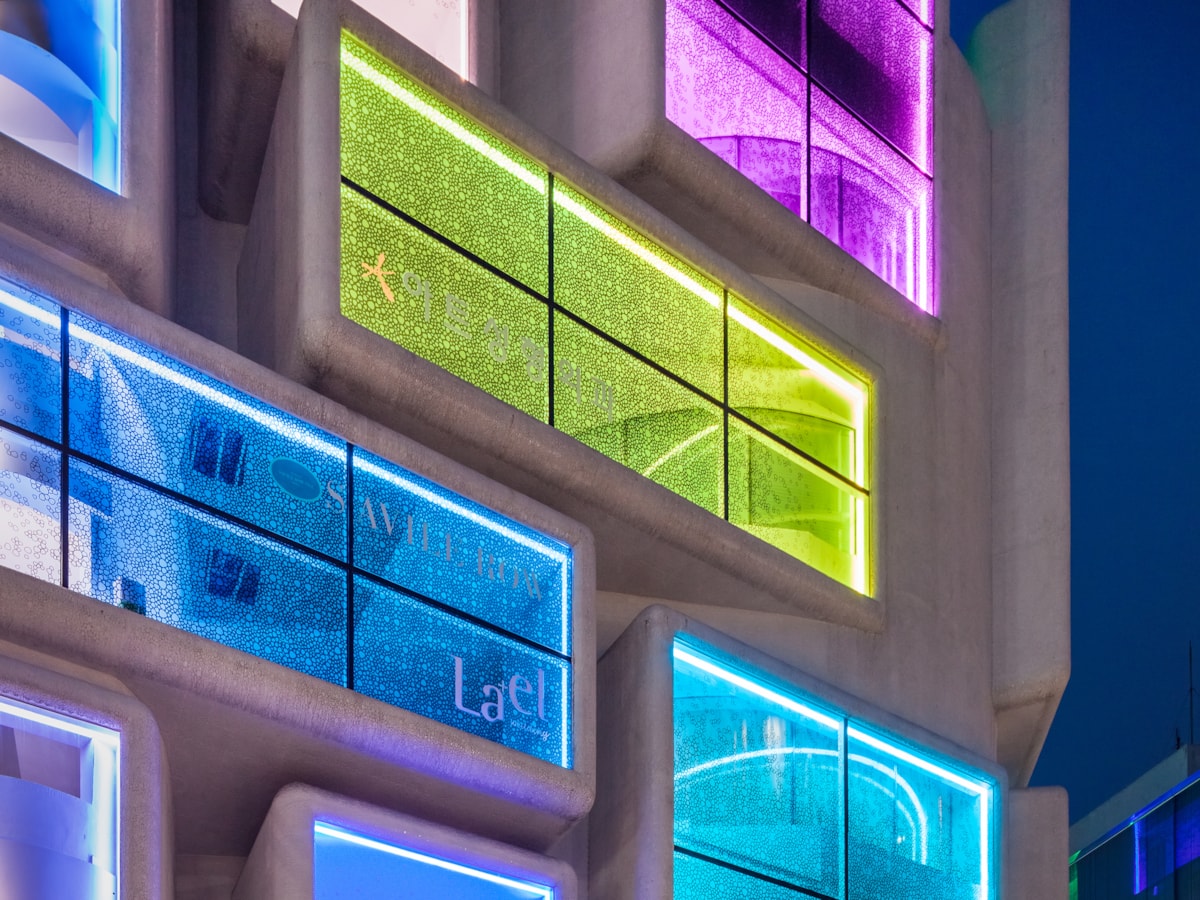
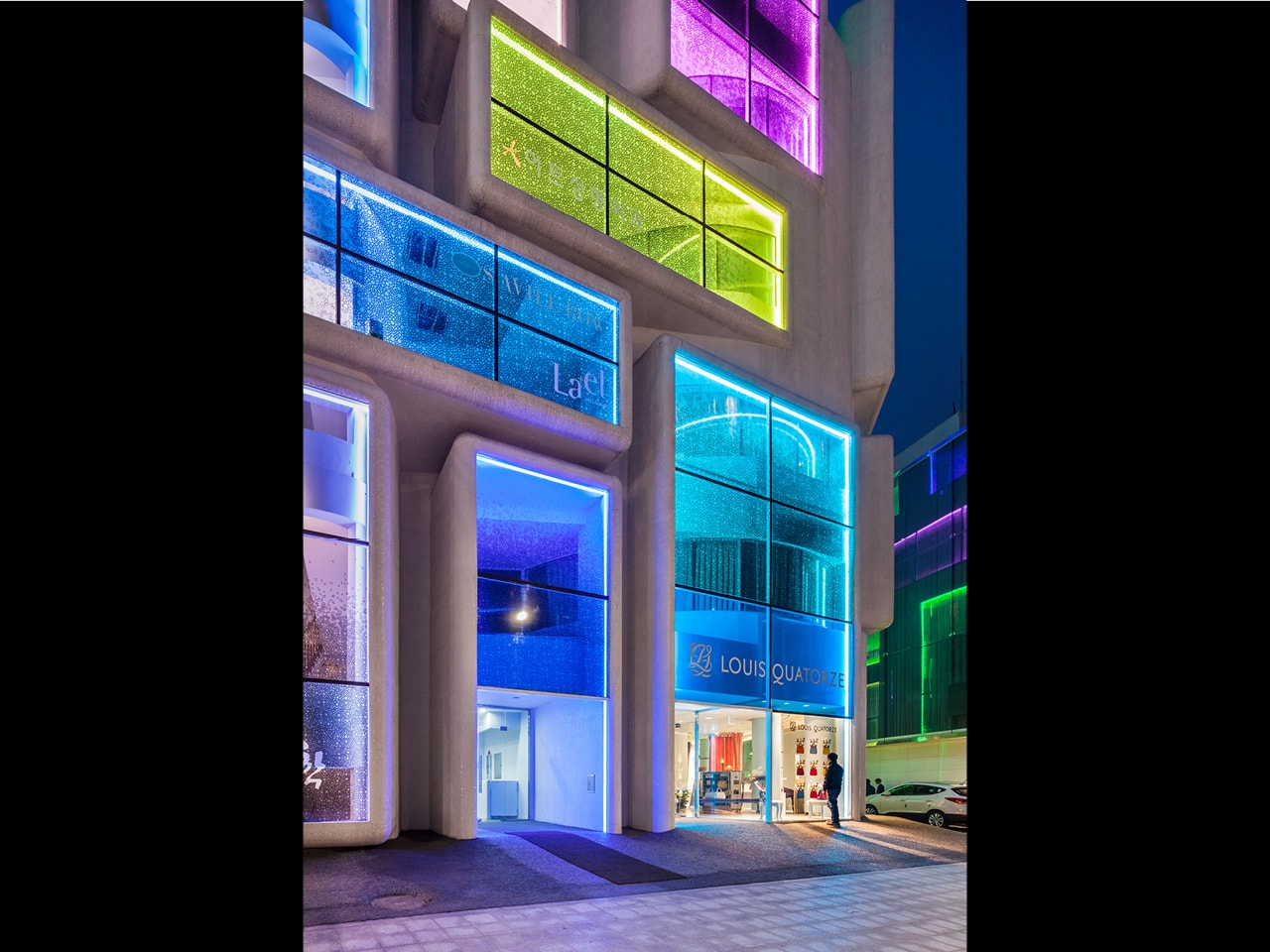
2. National Aquatics Center in Beijing – PTW Architects
Known as the “Watercube,” this aquatic center was a primary attraction during the 2008 Olympic Games in Beijing. It is remarkable for its Weaire-Phelan structured envelope, composed of a steel frame and ETFE cushions. However, the structure becomes remarkably worthy of its name when the LED lights are in effect.
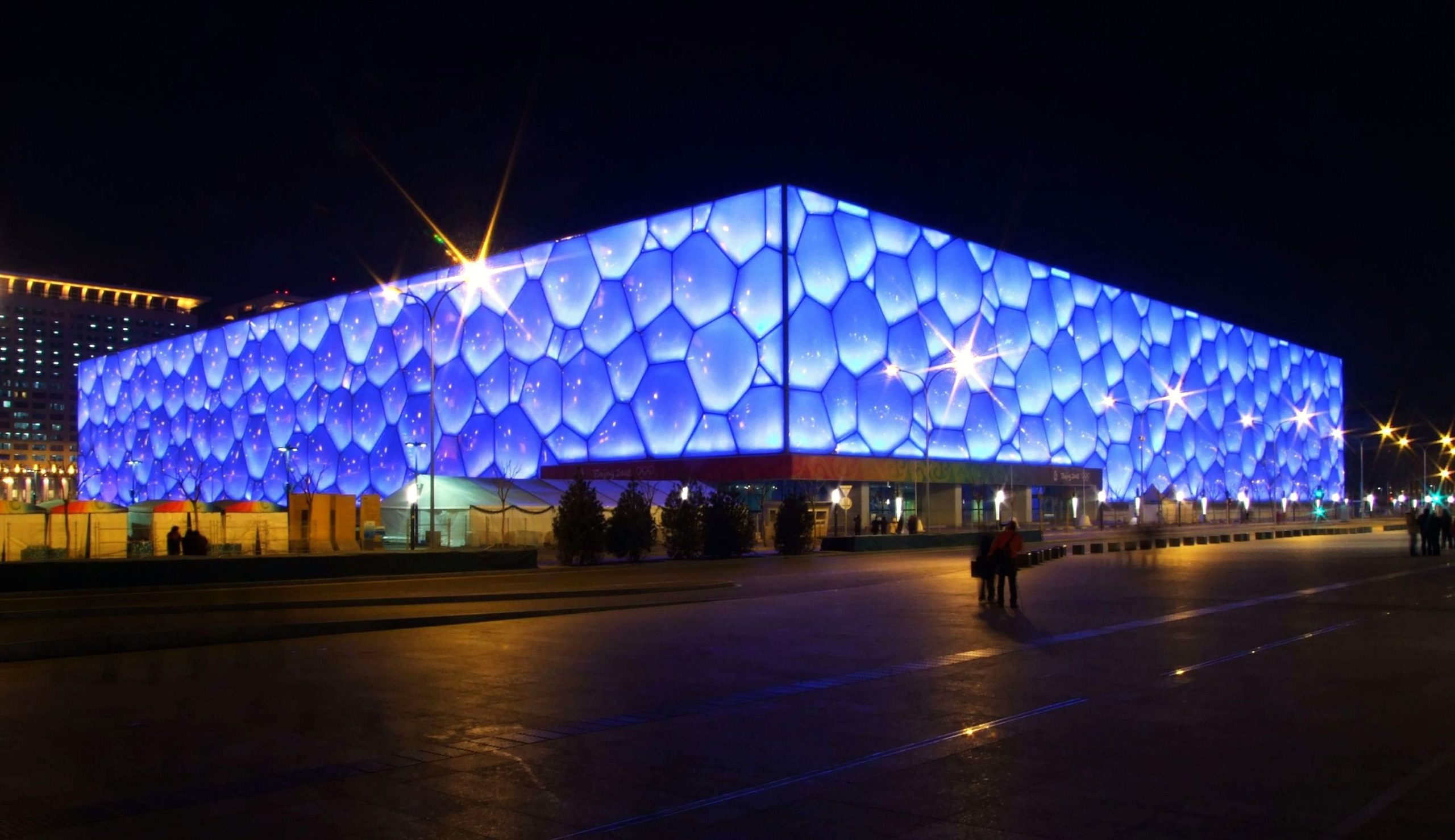
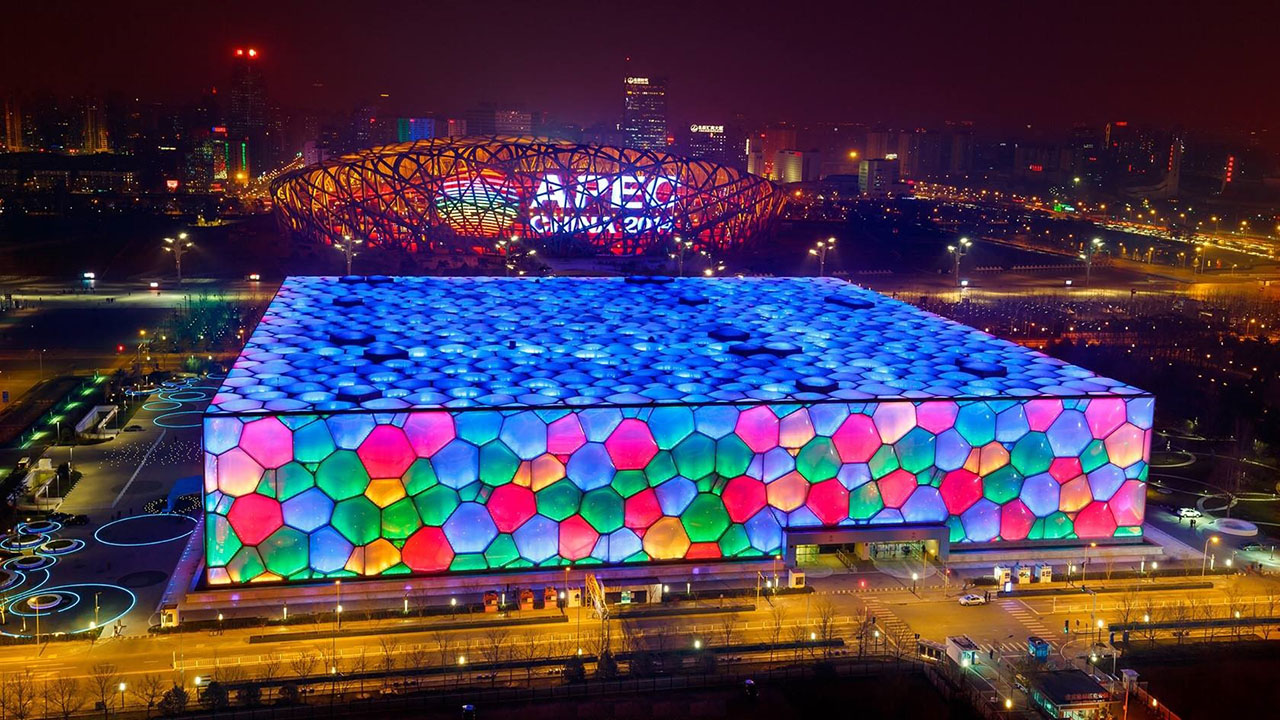
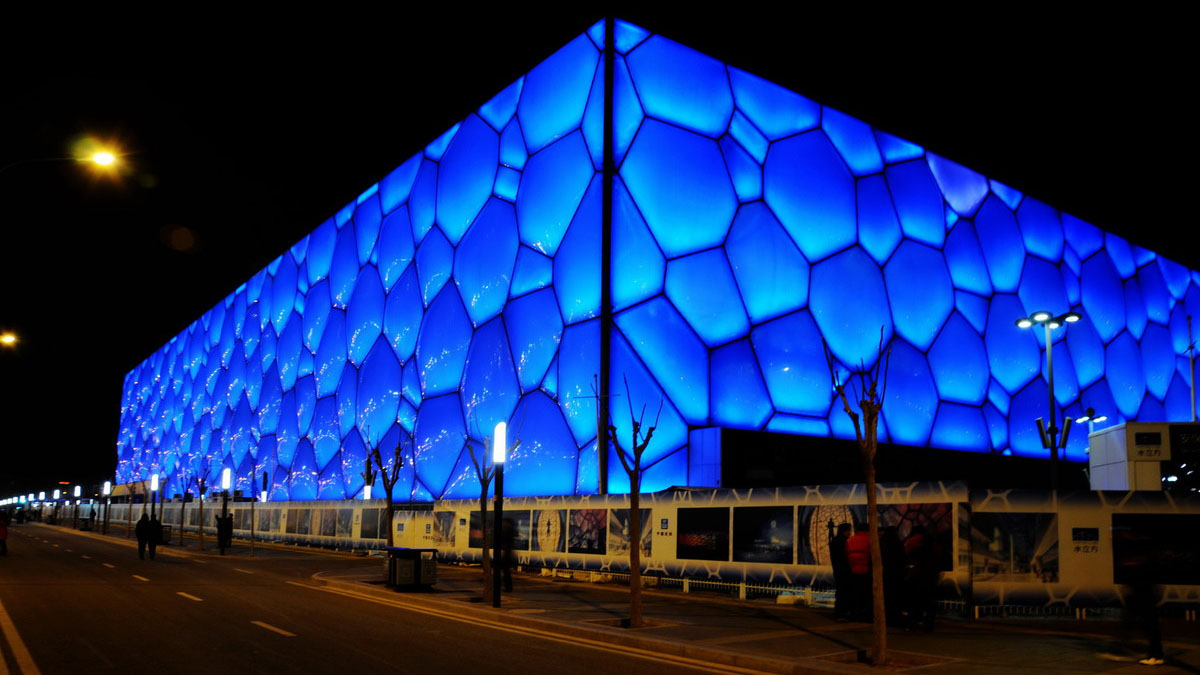
3. Greenpix Media Wall in Beijing – Simone Giostra & Partners
Not far away from the Watercube lies the Xicui entertainment complex in Beijing, China. The media wall is a massive LED screen covering the center’s front façade. The wall was installed on the occasion of the 2008 Olympics to display shows by worldwide artists. Photovoltaic cells, integrated into the façade’s curtain wall, operate this massive advertising screen.
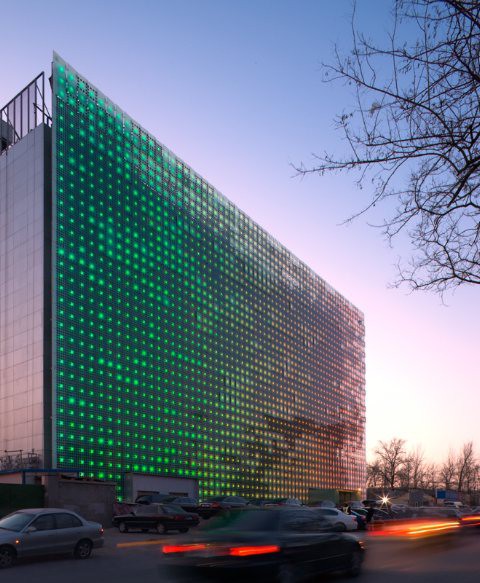
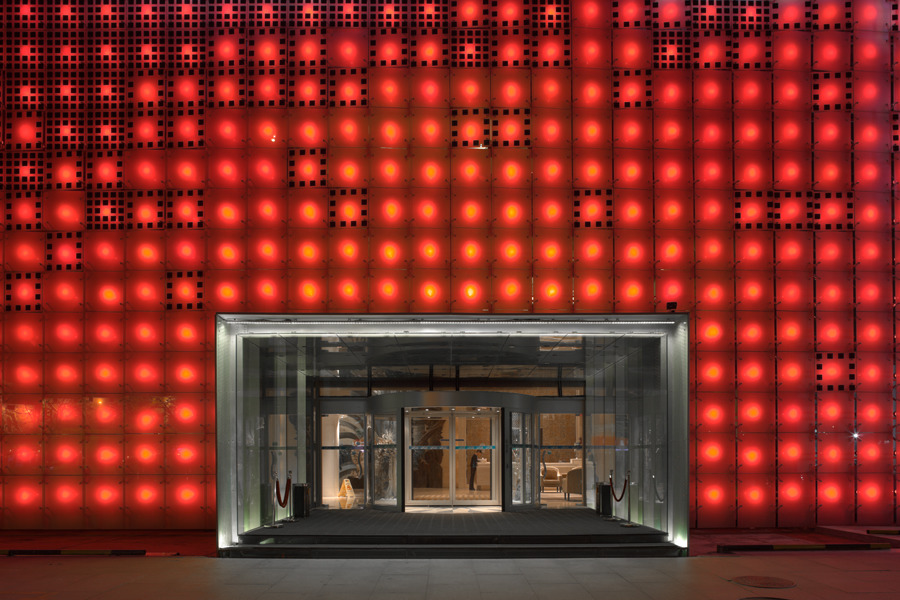
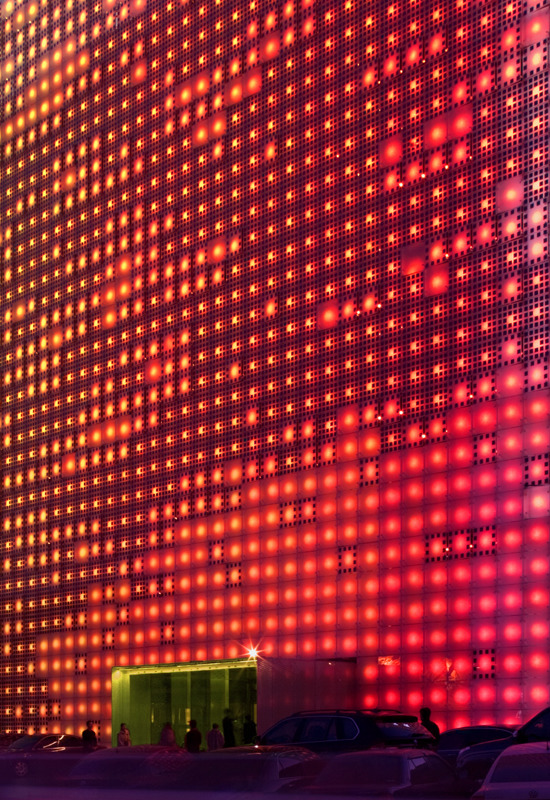
4. Mood Ring House in Fayetteville – SILO AR + D
This house in North Carolina was designed with site and price limitations in mind. The architects used modest “off-the-shelf” materials like fiber-cement panels and polycarbonate to reduce costs. On the other hand, they made an effort to make the building’s overall subtle look catchy. They concealed LEDs within the house’s soffits to distinctly light the home at night with various colors and intensities, which the inhabitants can control via smartphones.
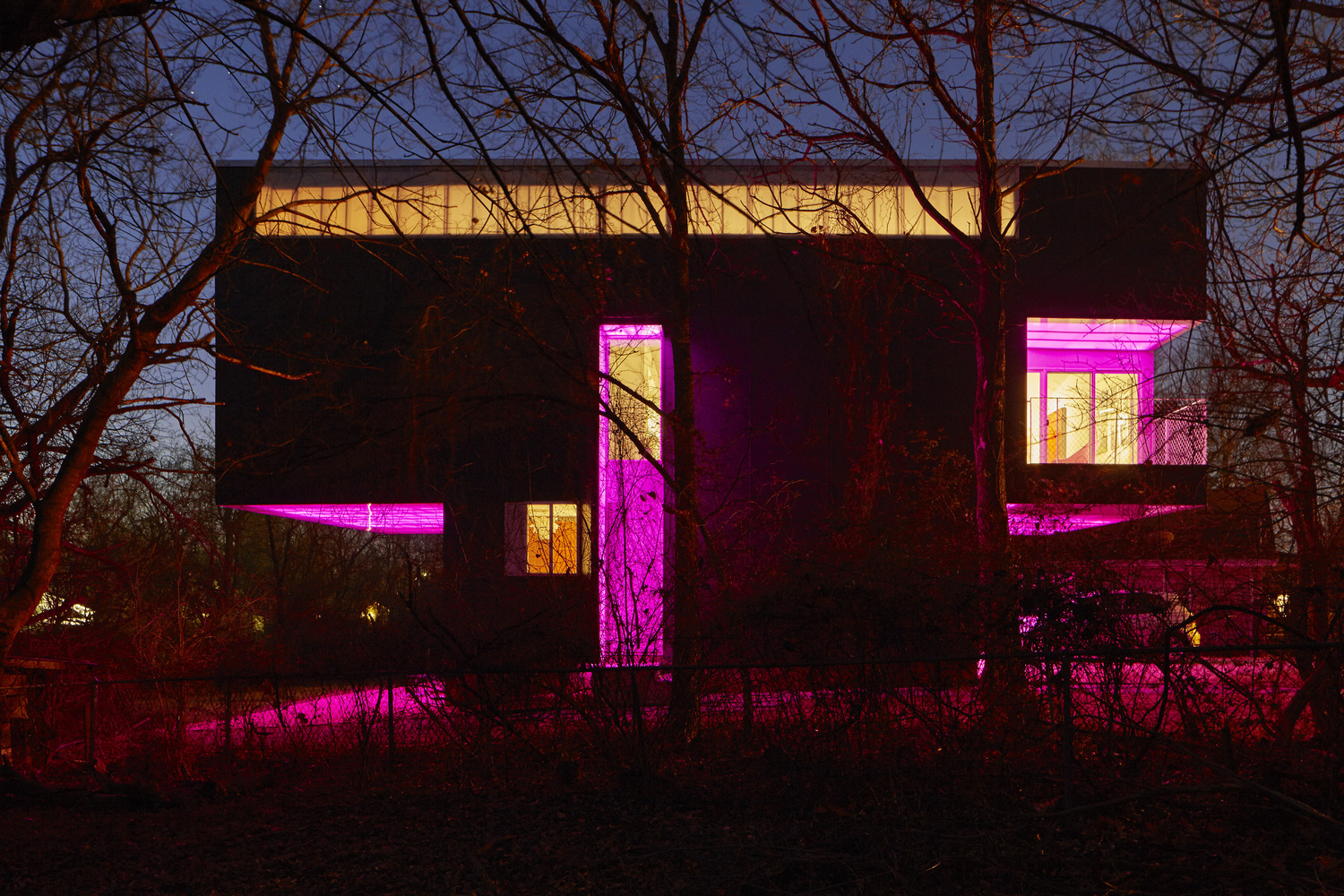
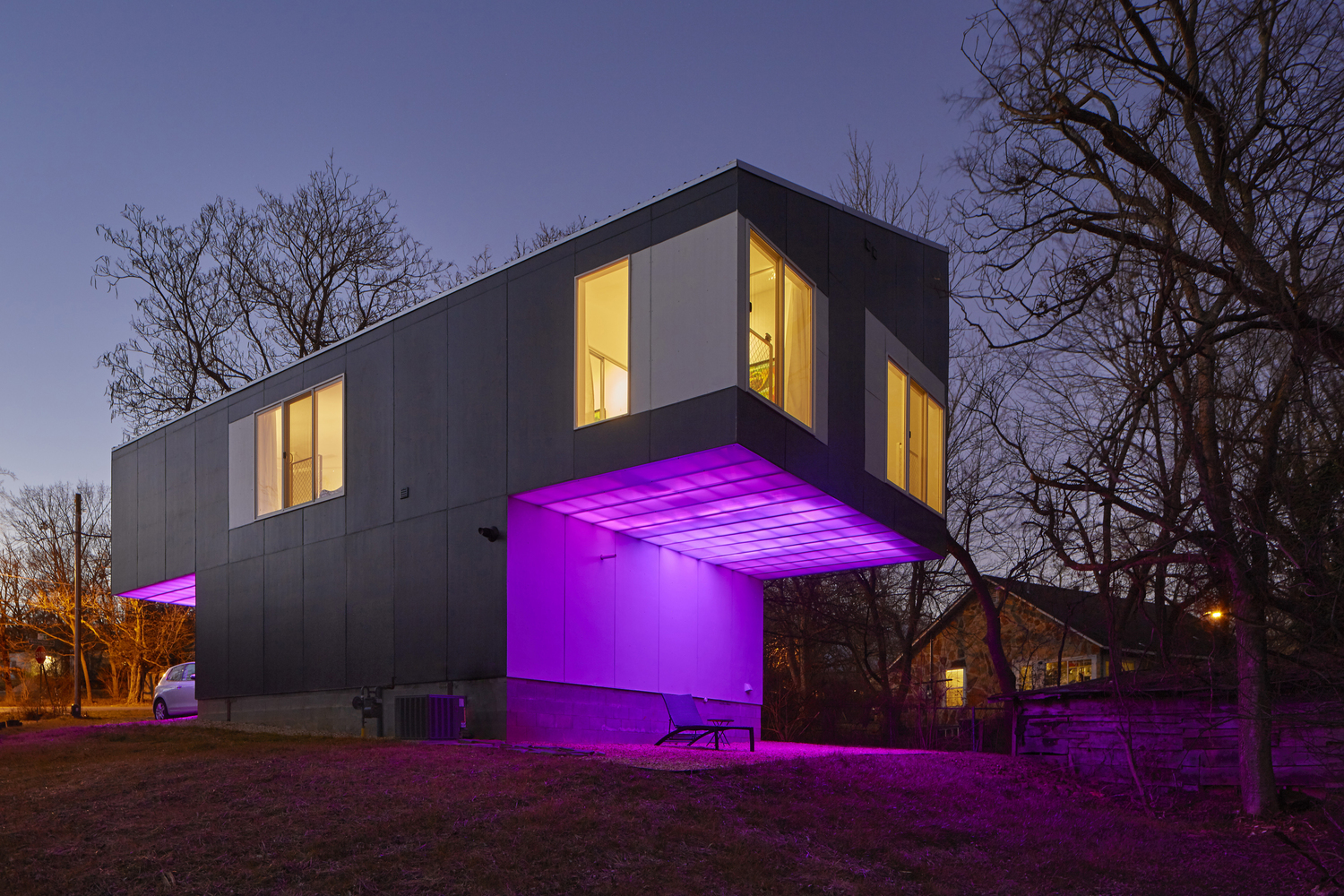
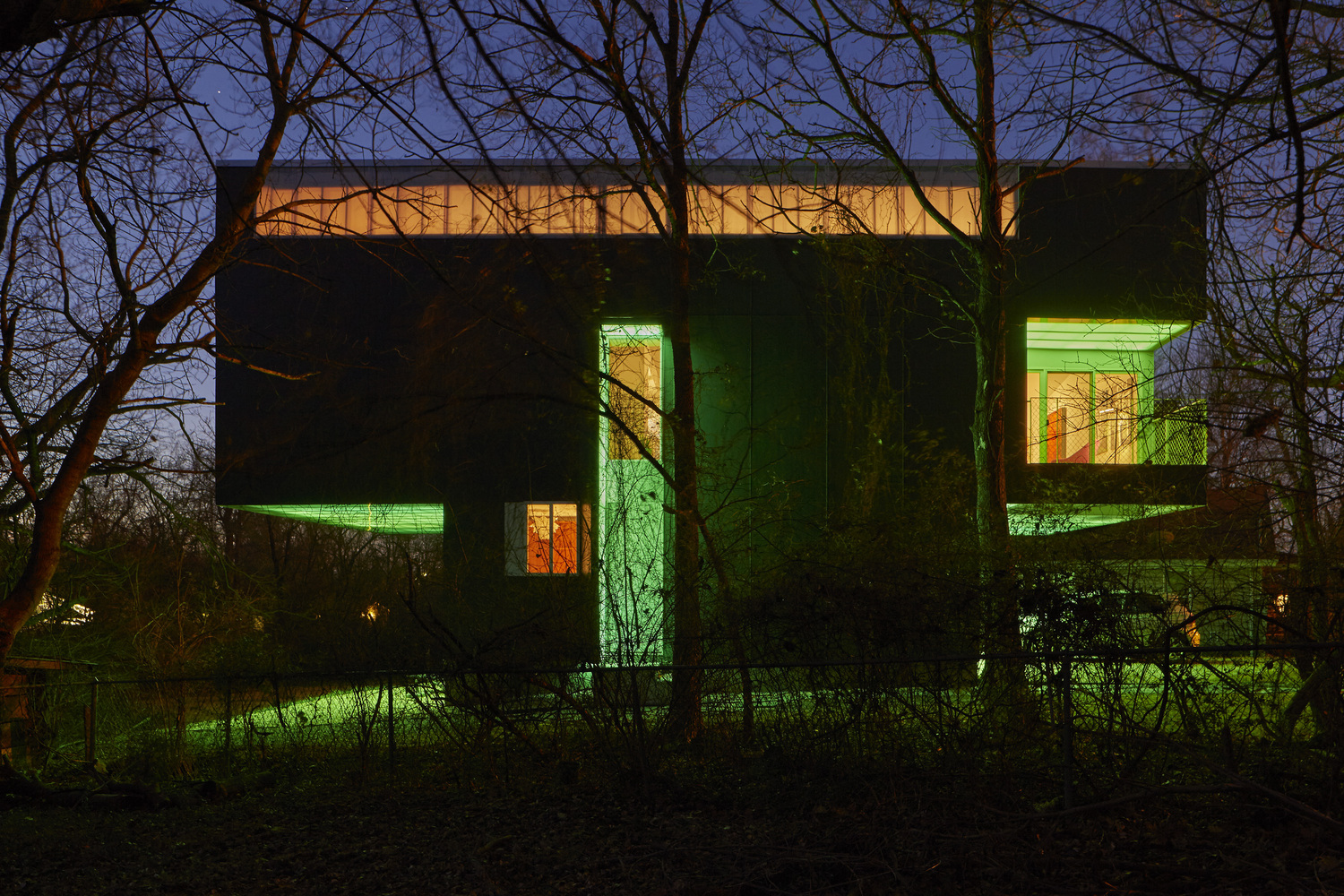
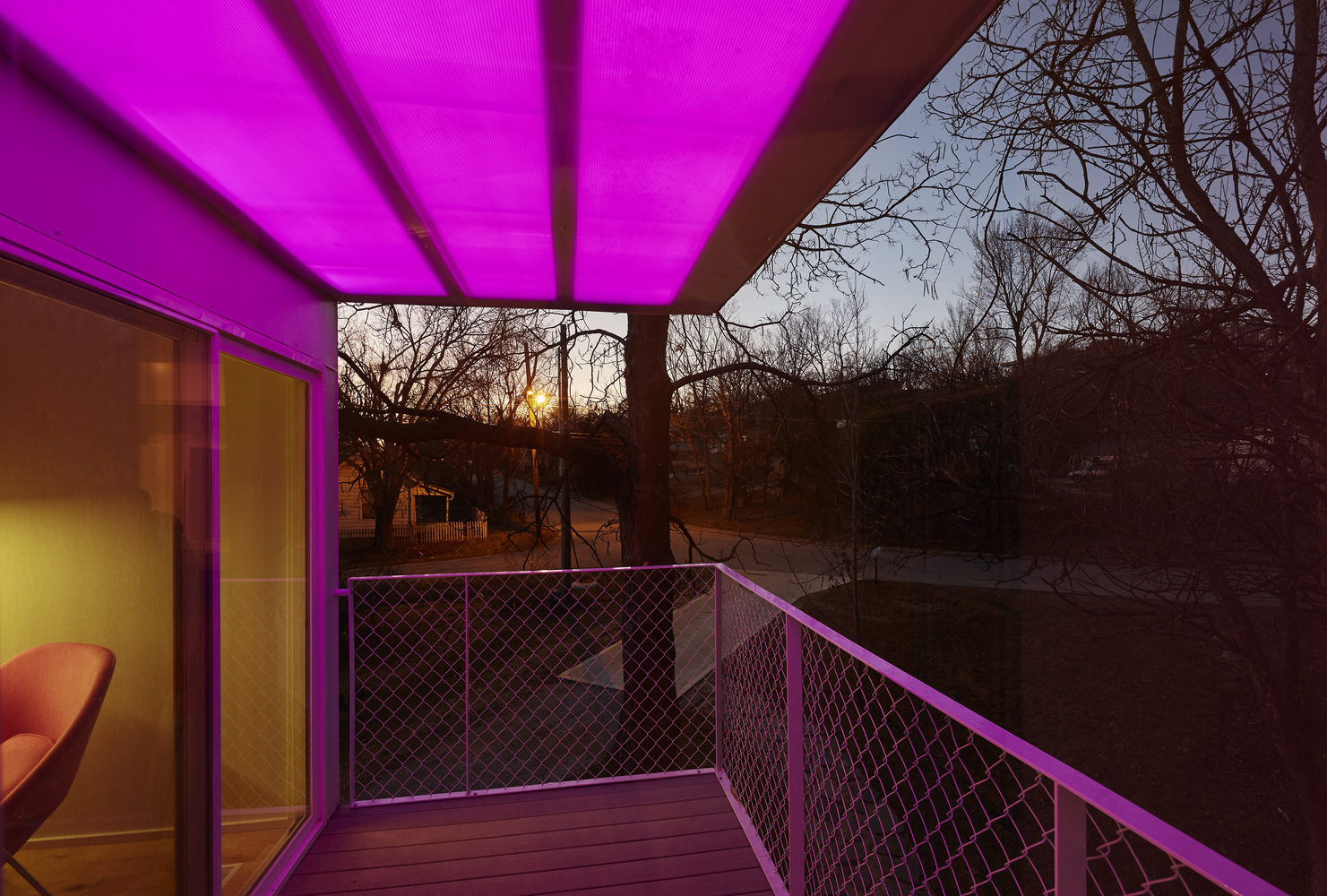
What are the main disadvantages of LED Lighting Systems?
LED Lighting, like any other technology, has some drawbacks you should be aware of before purchasing. The high cost of each bulb can be an issue with LED lighting. However, LED lights’ extended lifespans and low energy consumption mean they eventually pay for themselves. White light from different brands of bulbs can look substantially different, so it’s best to stick with a trusted name. In contrast to the “friendlier” shine typically associated with incandescent lights, the light produced by most white LED bulbs has a bluish tone.
Some LED lighting fixtures produce harsh shadows, which may not be ideal in some rooms. Not all LED bulbs can be dimmed, and those that can often call for specialized dimmer switches. If dimmable LED fixtures are a priority for you, be sure to read the packaging thoroughly before purchasing bulbs. As a last note, some LED bulbs may not work in your existing closed fixtures. This is especially true with flush mounts. However, some companies provide bulbs explicitly designed for closed spaces.
FAQS:
What is the typical lifespan of an LED?
LED bulbs provide around 50,000 hours of illumination, with a few companies claiming to last for up to 100,000. In a broad sense, LEDs have a lifespan of close to 14 years when used for 10 hours daily. Switching to LEDs is still a good idea, even if you have to overspend on a high-end bulb.
What is the healthiest lighting?
Experts recommend using incandescent or halogen bulbs day and night for optimal results. In contrast to most aggressively flickering LED or fluorescent bulbs, incandescent and color-correct halogens will also be the healthiest light for your eyes.
What types of applications are LED bulbs best suited for?
Since no bulb can provide such brilliant and intense light, LED lights are perhaps the most effective type of lighting now available. These lights are frequently used for illuminating streets and roads, parking lots, billboards, canopies, gardens, backyards, decks, homes, and workplaces.
